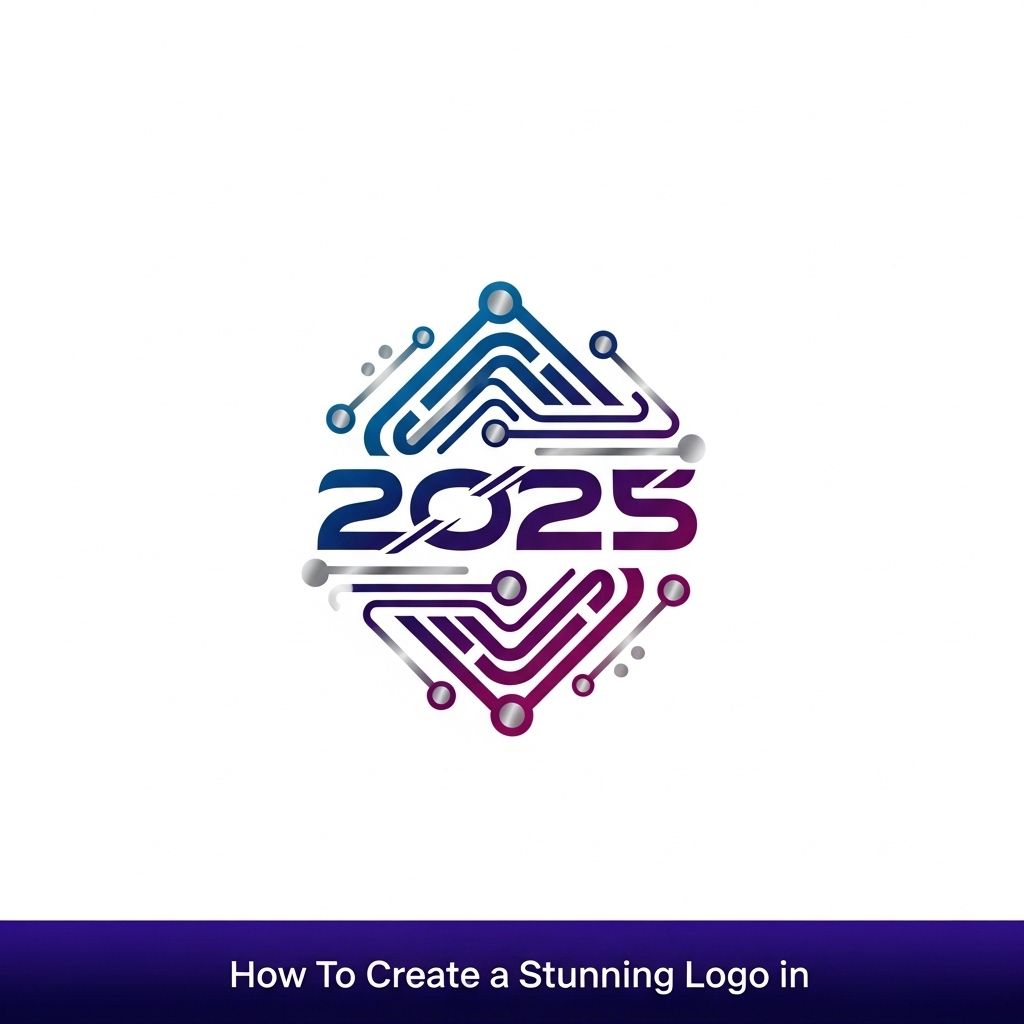In the world of branding, a powerful logo is one of the most essential elements that can define a company’s identity. A well-designed logo serves as a visual cornerstone of a brand, often evoking emotional responses and facilitating recognition. However, creating a logo that resonates with your target audience and stands out in a saturated market can be a daunting task. In this article, we will explore five indispensable tips for achieving logo design success that not only captures attention but also communicates the essence of your brand.
Understanding Your Brand Identity
Before diving into the design process, it is critical to have a deep understanding of your brand identity. This involves answering several key questions:
- What are your brand values?
- Who is your target audience?
- What differentiates you from your competitors?
- What emotions do you want to evoke?
Creating a Brand Persona
Establishing a brand persona can help clarify your brand’s character and tone. Consider the following aspects:
- Demographic Profile: Age, gender, location, interests.
- Brand Voice: Friendly, professional, playful, etc.
- Market Positioning: Luxury, budget-friendly, innovative, etc.
Research and Inspiration
Once you have a solid grasp of your brand identity, the next step is to conduct research. This not only helps you understand current design trends but also what works and what doesn’t in your specific industry.
Analyze Competitors
Take a look at your competitors’ logos. What do they do well? What elements are overused? Compile a list of:
- Color schemes
- Font choices
- Iconography
- Overall style (minimal, complex, vintage, etc.)
Gather Inspiration
Inspirational sources can include:
- Design websites (e.g., Behance, Dribbble)
- Social media platforms (e.g., Pinterest, Instagram)
- Books and articles on design trends
Design Principles
Understanding and applying fundamental design principles is crucial for creating an effective logo. Here are the key principles to consider:
| Design Principle | Description |
|---|---|
| Versatility | Your logo should look great across various mediums and sizes. |
| Memorability | A good logo is easy to recognize and remember. |
| Timelessness | Avoid trends that may quickly become outdated. |
| Appropriateness | The design should be fitting for your audience and industry. |
Color Theory
Colors play a significant role in logo design. Different colors evoke different emotions, and choosing the right palette is essential. Here are some common color meanings:
- Red: Passion, energy, action
- Blue: Trust, dependability, calm
- Green: Growth, health, nature
- Yellow: Optimism, clarity, warmth
Typography Matters
A logo’s typography can make or break its effectiveness. The right font can convey your brand’s personality and enhance readability. Consider the following:
Font Selection
Choose a typeface that aligns with your brand identity. Here are some font categories:
- Serif: Traditional, reliable
- Sans-serif: Modern, clean
- Script: Elegant, personal
- Display: Unique, eye-catching
Font Pairing
If you decide to use multiple fonts, ensure they complement each other. A common rule is to use one font for the logo and another for any accompanying text.
Testing and Feedback
The design process doesn’t end once your logo is created. In fact, testing and gathering feedback is crucial for refinement. Here’s how to gather effective feedback:
Conduct Surveys
Share your logo options with a select group of people, ideally from your target audience, and ask for their opinions. Consider using:
- Online survey tools (e.g., Google Forms, SurveyMonkey)
- Social media polls
A/B Testing
For a more data-driven approach, conduct A/B tests with different logo designs to see which resonates best with your audience.
Conclusion
Creating a successful logo is a blend of art and strategy. By understanding your brand identity, researching, applying design principles, focusing on typography, and testing for feedback, you can develop a logo that not only stands out but also effectively represents your brand. Remember to stay open to iterations and refinements along the way; even the best designs often evolve over time.
FAQ
What are the key elements of effective logo design?
Effective logo design includes simplicity, memorability, versatility, relevance, and timelessness.
How important is color in logo design?
Color plays a crucial role in logo design as it evokes emotions and conveys brand identity, so it’s essential to choose colors that align with your brand values.
Should a logo be complex or simple?
A logo should be simple and easily recognizable, as complex designs can be difficult to reproduce and may not be memorable.
What file formats should I use for my logo?
For logos, it’s best to use vector formats like SVG or AI for scalability and high-resolution formats like PNG or JPEG for web use.
How do I ensure my logo works in different sizes?
Test your logo at various sizes and on different backgrounds to ensure it remains clear and recognizable, whether it’s on a business card or a billboard.
What common mistakes should I avoid in logo design?
Avoid using too many colors, overly complex designs, and trends that may quickly become outdated to ensure your logo remains relevant and effective.




